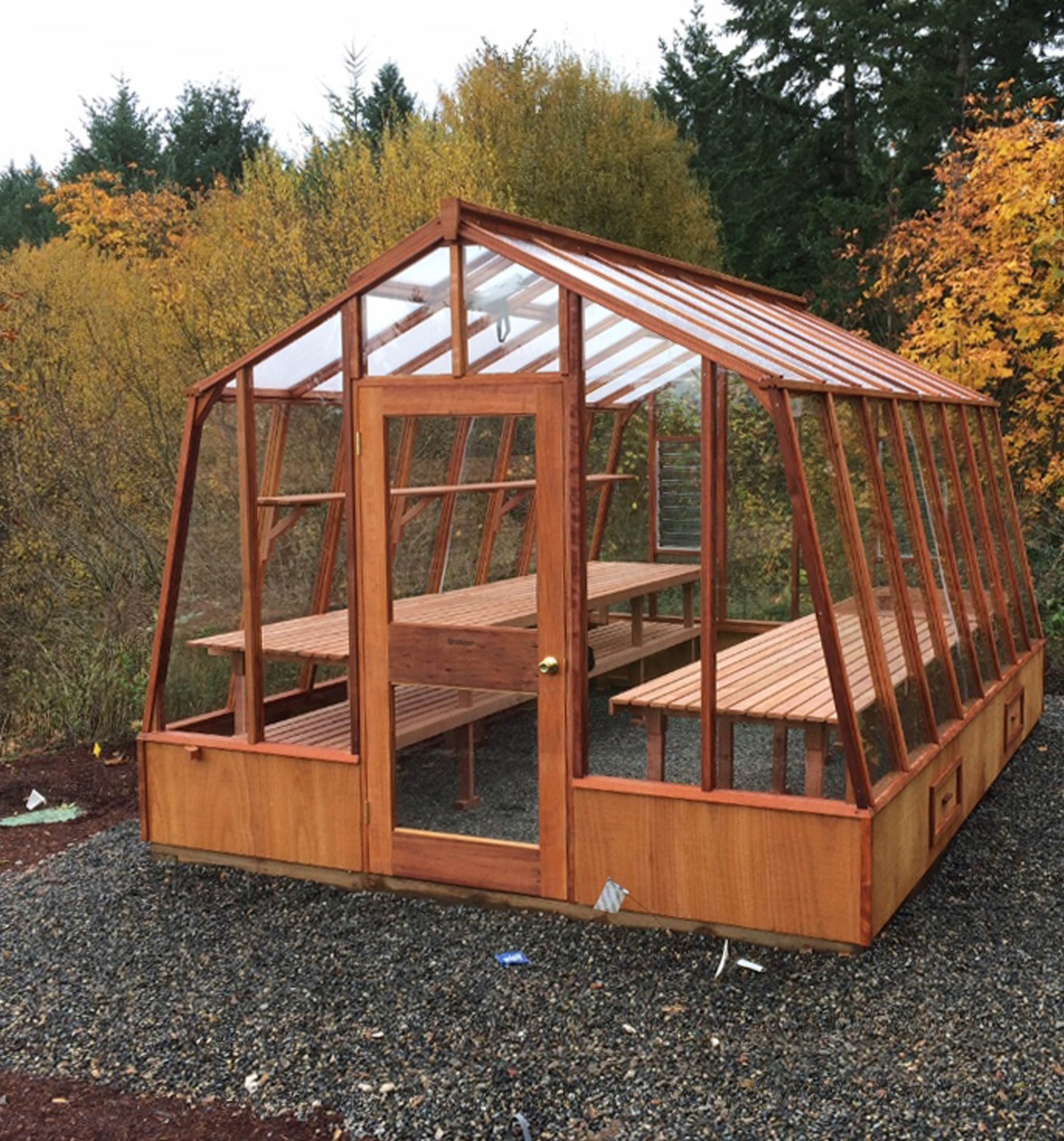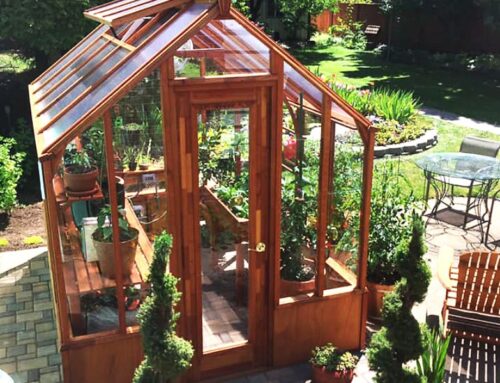If you’ve been considering adding a freestanding greenhouse to your property, then you’ll have a wide selection of styles and materials to choose from. Let’s take a look at two of the most popular materials to decide what kind of greenhouse you should get: redwood and cedar wood. Here are the key differences between redwood and cedar greenhouses.
Appearance and Quality
Redwood and cedar wood are similar in appearance. Redwood features a deeper, reddish-brown color, hence its name. Cedar has a yellowish tone. Cedar is more common and may be more subtle if you don’t want your greenhouse to stand out from the rest of your property. Redwood has a much more distinct look that makes a much stronger impression.
The grain of the wood always lends a distinct appearance to the material; redwood has 30 grades, while cedar has only 10. When purchasing a greenhouse that is made from redwood, make sure to ask the manufacturer if the lumber is Clear All-Heart. This is a grade of redwood that it is made from the center of the tree and is knot-free. Knots are weak spots in the wood that will dramatically shorten the lifespan of the greenhouse. Sturdi-Built Greenhouse only uses Clear All-Heart redwood for framing, ensuring that the greenhouse is both beautiful in appearance and will provide upwards of 20 years of life with proper care. Because cedar grows more slowly than redwood, it is more difficult to source cedar heartwood. Choosing the highest quality wood materials means that you will have the longest lasting greenhouse available.
Longevity
If longevity is a priority for you, then you’ll be happy to know the biggest difference between redwood and cedar is redwood is stronger and more rot-resistant than cedar wood, making it far more capable of withstanding the rigors of weather and time. You’ll want to make sure your greenhouse is long-lasting, so you should prioritize durability.
Both wood species have similar maintenance requirements. Water and soap will clean environmental debris; issues like mildew and mold just need water and bleach.
Environmental Impact
Anyone with a love of plants doesn’t want their greenhouse to negatively impact the environment. Redwood and cedar wood greenhouses are not too different in regards to their environmental impact. They’re both 100 percent natural products. Redwood is primarily harvested in Northern California and Southern Oregon, while cedar is imported from Canada. Because both redwood and cedar trees can be replanted, either choice is very sustainable.










Leave A Comment